Corsica, otherwise known as the island of beauty, is renowned for its beaches, stunning scenery, historic villages, its nationalists and its wild cows who are free to roam pretty much anywhere.
But the animals days of sunbathing on the white sands of the island’s beaches appear to be numbered, with authorities hatching a plan to curtail their freedom of movement, reports 20minutes.
In May this year, Corsica’s beach cows made headlines for all the wrong reasons when one of them chased a female tourist who got a little too close as she tried to take a photo on the beach at Coti-Chiavari, in the south of the island, where a herd of wild cows take up residence on the beach each summer.
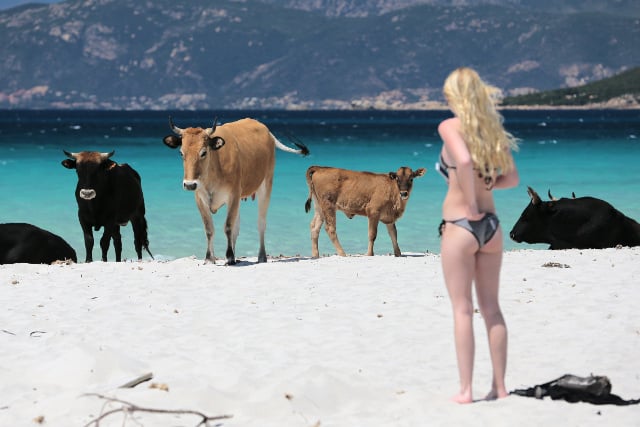
She was gored in the face and had to be taken to hospital.
The signs on the beach which read “Attention wild animals. Danger. Do not approach” are obviously there for a reason.
With tourists set to descend on the island’s beaches this summer they are being warned not to get too close to the wild animals, who might attack if they feel threatened.
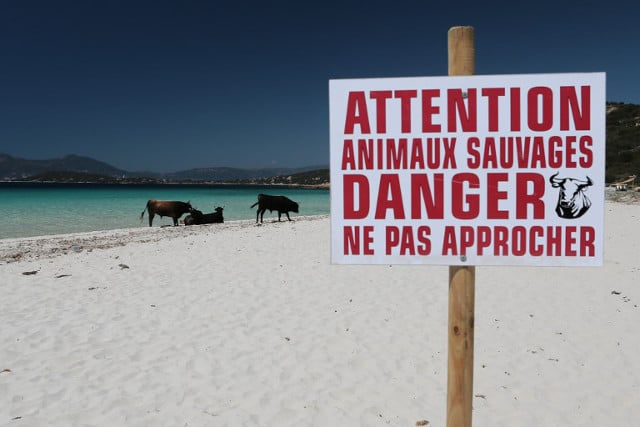
In the meantime authorities are trying to come up with a permanent fix.
“We are actively looking for a solution,” said Jean-Baptiste Luccioni the mayor of Pietrosella, which stands near the beach at Côti-Chiavari.
“After the summer we will try and castrate the bulls, so that this herd, that has roamed wild for 40 years, no longer multiplies,” the mayor told 20 Minutes.
“The animals will die a natural death,” said the mayor, who also said fencing part of the beach off was another option.
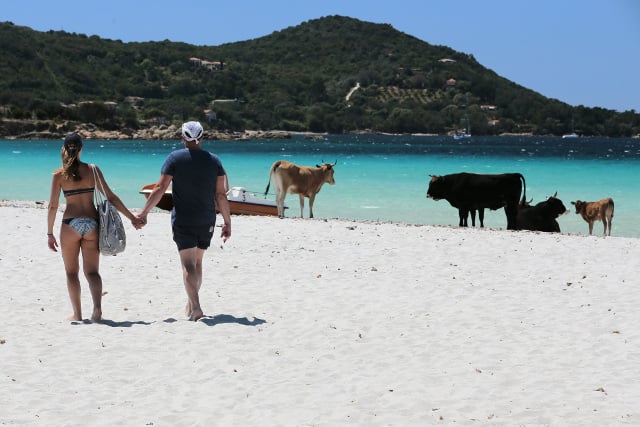
Authorities in Côti-Chiavari have already called in vets and hunters to put down around a dozen cows.
But it’s not just beachgoers who have to be aware of the potential dangers of the wild cows, with the animals regularly the cause of road accidents on the island, sometimes fatal, after wandering into the path of vehicles.
But authorities are aware that putting down a few rogue cows is not the long term solution, given that there are 10,000 on the island. And that’s not even counting the goats and pigs.
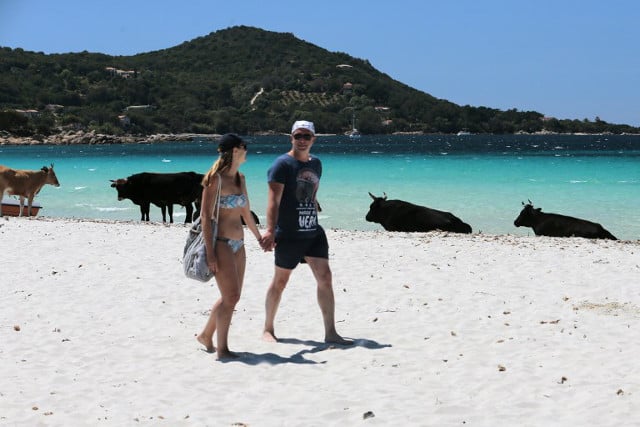
Joselyne Mattei-Fazi, president of the Corsican mayors association said allowing cows to roam was a “Corsican speciality”.
“I’ve been working on this problem for 15 years and I feel like I’m hitting a brick wall,” she said.
She has called for Corsican authorities to pay for a huge animal pound and for vehicles to pick up the animals. Fines should also be given to farmers whose cows are marked stray into certain areas,” she said.
Meanwhile Corsica's authorities promise they are working on a long term solution in partnership wit the farming community.
But it looks like nothing will be done in the short term so if you are on a beach in Corsica this summer be careful not to give the cows any reason to have beef with you.
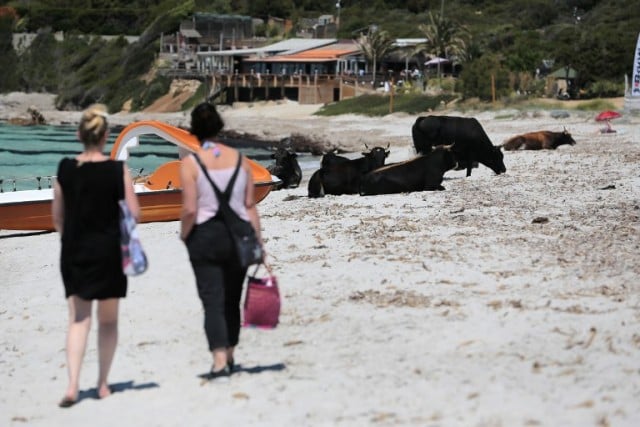
READ ALSO:
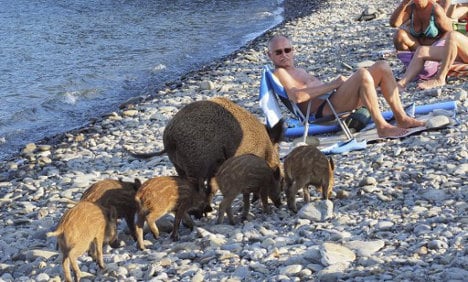

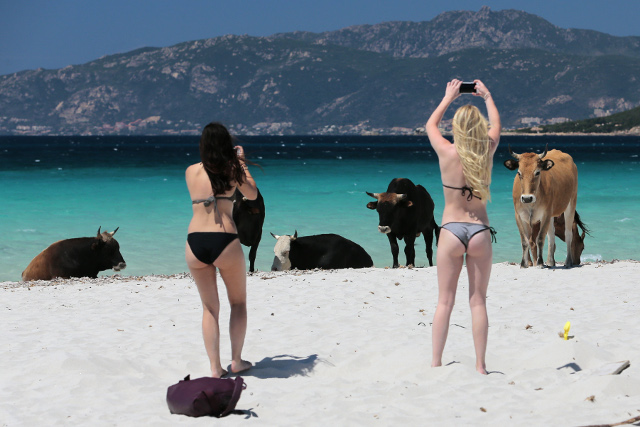

 Please whitelist us to continue reading.
Please whitelist us to continue reading.
Member comments